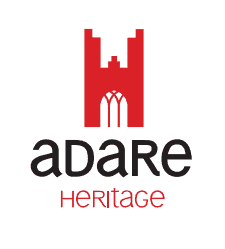Architectural Heritage
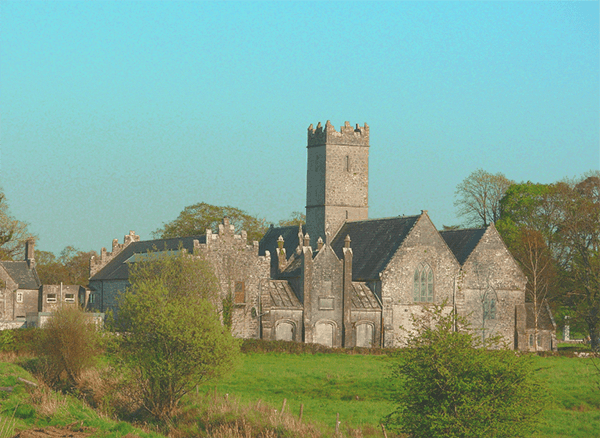
The information provided on each of these historical sites is concise and described in a very simple form to give visitors an insight into Adare’s proud heritage. For additional information we recommend a visit to Adare Heritage Centre, where visitors can book tours of the historical sites.
Adare’s Thatched Cottages
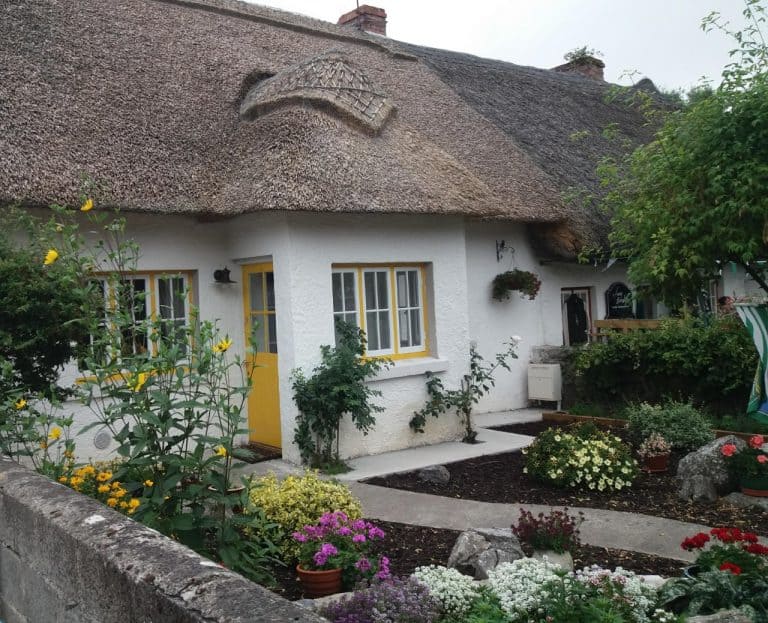
In the early 19th century, the Earl of Dunraven, laid the plans for the existing streets and townhouses of Adare. The original thatched cottages were built in the 1820’s and these were the homes of people employed on the Dunraven Estate; on the farm, in the Manor House and in the cigarette factory. Adare was renowned […]
Village Hall
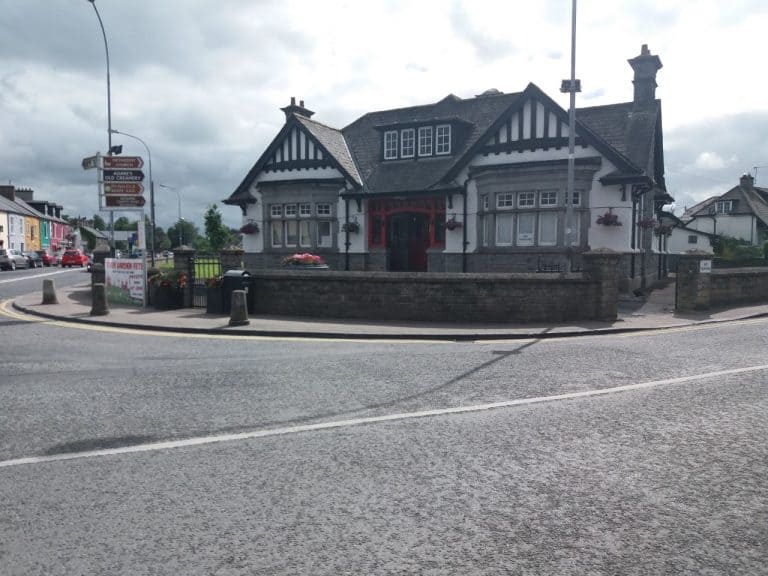
The Hall, on the site of the old fairgreen, was designed by the Architect W.Clifford Smith and was first commissioned in 1909. The Earl of Dunraven engaged the young English architect because he had designed a similar building (minus the hall) for the Shannon Rowing Club in Limerick, winning a competition in 1902. It was […]
The Bridge
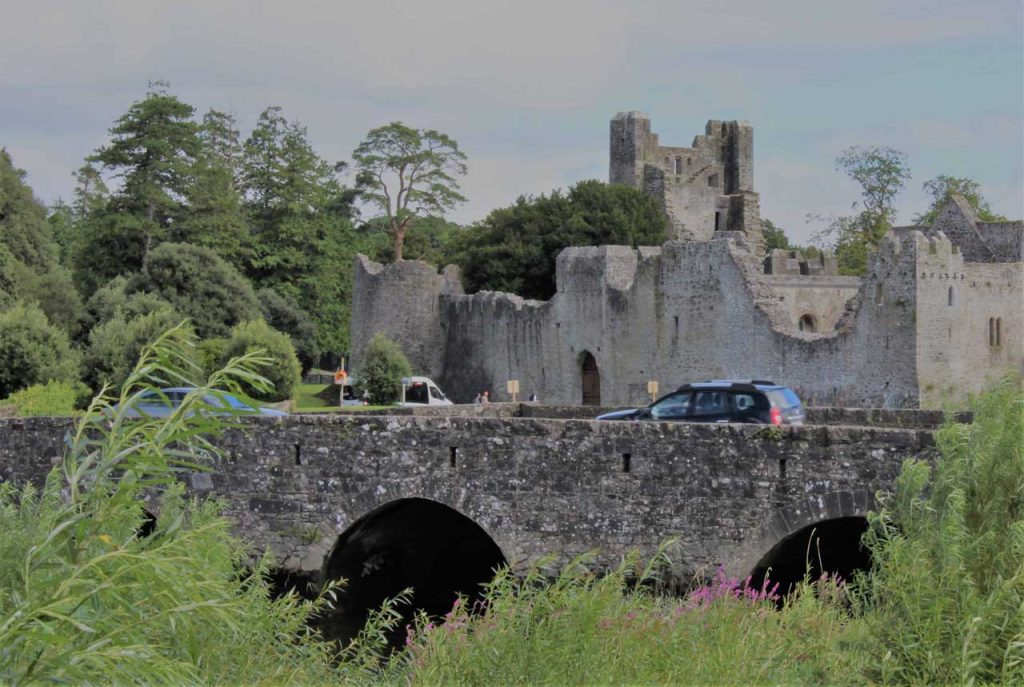
The Bridge over the river Maigue was built by Gerald, fifth Earl of Kildare, whose earldom extended from 1390 to 1410, and so it was built sometime between those two dates. The original bridge was extremely narrow and barely wide enough for a cart to pass by. Chevron-like openings or “v” shaped set-backs were built […]
Lantern Lodge
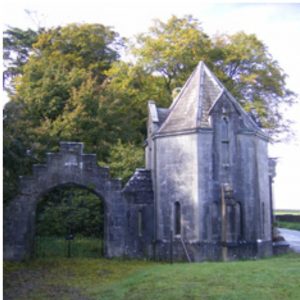
The Lantern Lodge is sited at the roundabout as you approach Adare from Limerick city. This handsome Victorian Gothic Gate Lodge previously gave access to Adare Manor estate. The building is an important architectural contribution to the heritage of Adare and has recently been carefully restored by the owners of Adare Manor Hotel. This octagonal […]
Wesley Stone
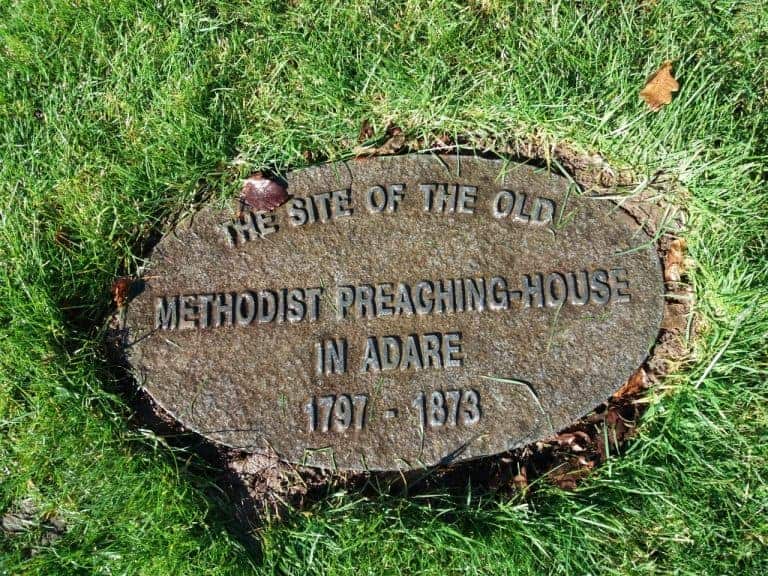
John Wesley, Founder of the Methodist Church, preached to the people of Adare in 1756 from the shade of an ash tree close to the east wall of the Franciscan friary. This tree was still there until about 1860. Today a stone marks the site where this tree stood and the Methodists hold a ceremony […]
The Washing Pool
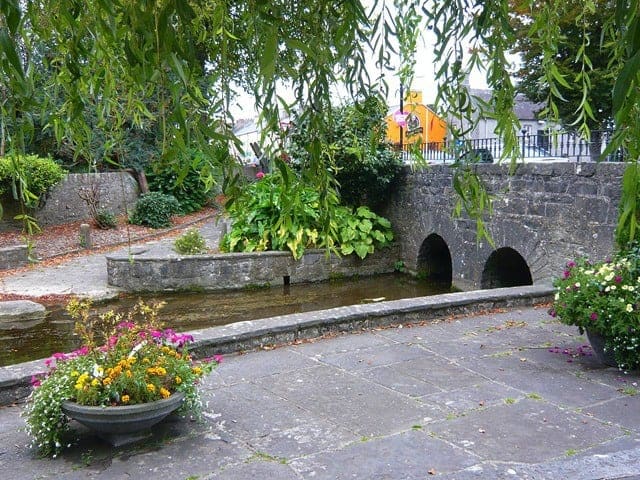
Groups of women used to gather regularly here to wash their clothes and talk about life in the village. These women did their washing on spittle stones in the stream bed or by pounding the clothes with wooden washing bats or beetles. The Washing Pool was also a watering place for horses The pool, dating […]
The Dovecote
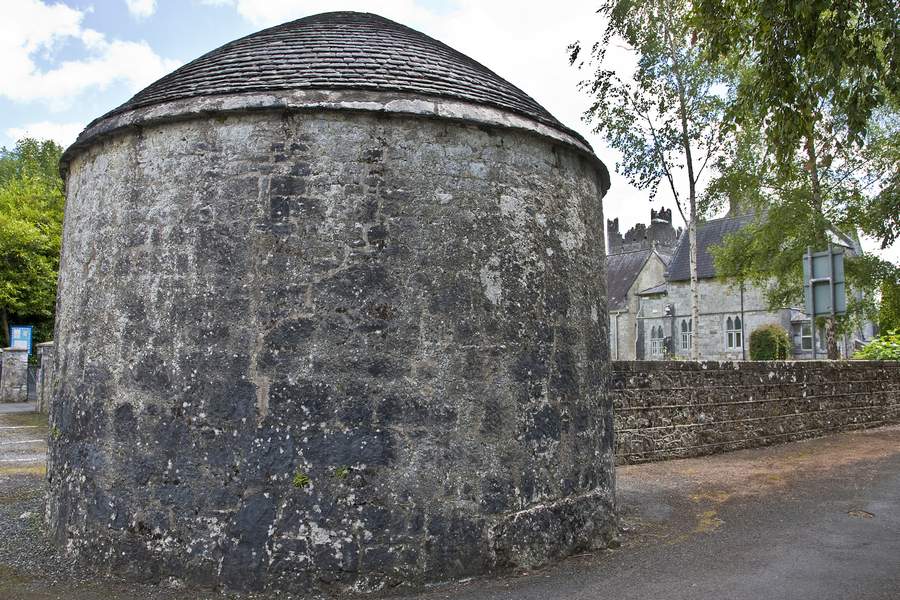
A freestanding circular-plan dovecote or columbarium, rebuilt c. 1850, incorporating fabric of an earlier structure, the building possibly dates from the mid fourteenth century Its function was to house pigeons, which would provide food for the monks in the abbey. Typical in form of such functional structures, its circular design incorporates an opening in the […]
St. Nicholas Old Graveyard
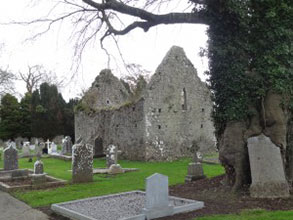
Within the graveyard is the old parish church of St. Nicholas, built in the 13th century and then rebuilt in the 16th century. On your visit you will also see the ruins of a second church, a Chapel of Ease, dating from the 16th Century, where several members of the Dunraven family are buried. To […]
The Augustinian Priory
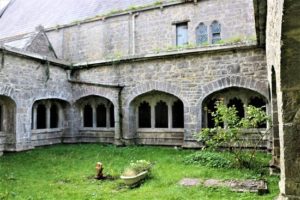
It became and remained the home of the Augustinian Order until they were driven out, in the mid 15th century. The Priory was suppressed and badly damaged during the reign of King Henry VIII. Repaired and renovated during the early part of the 19th century, the building is regarded as a fine example of what […]
